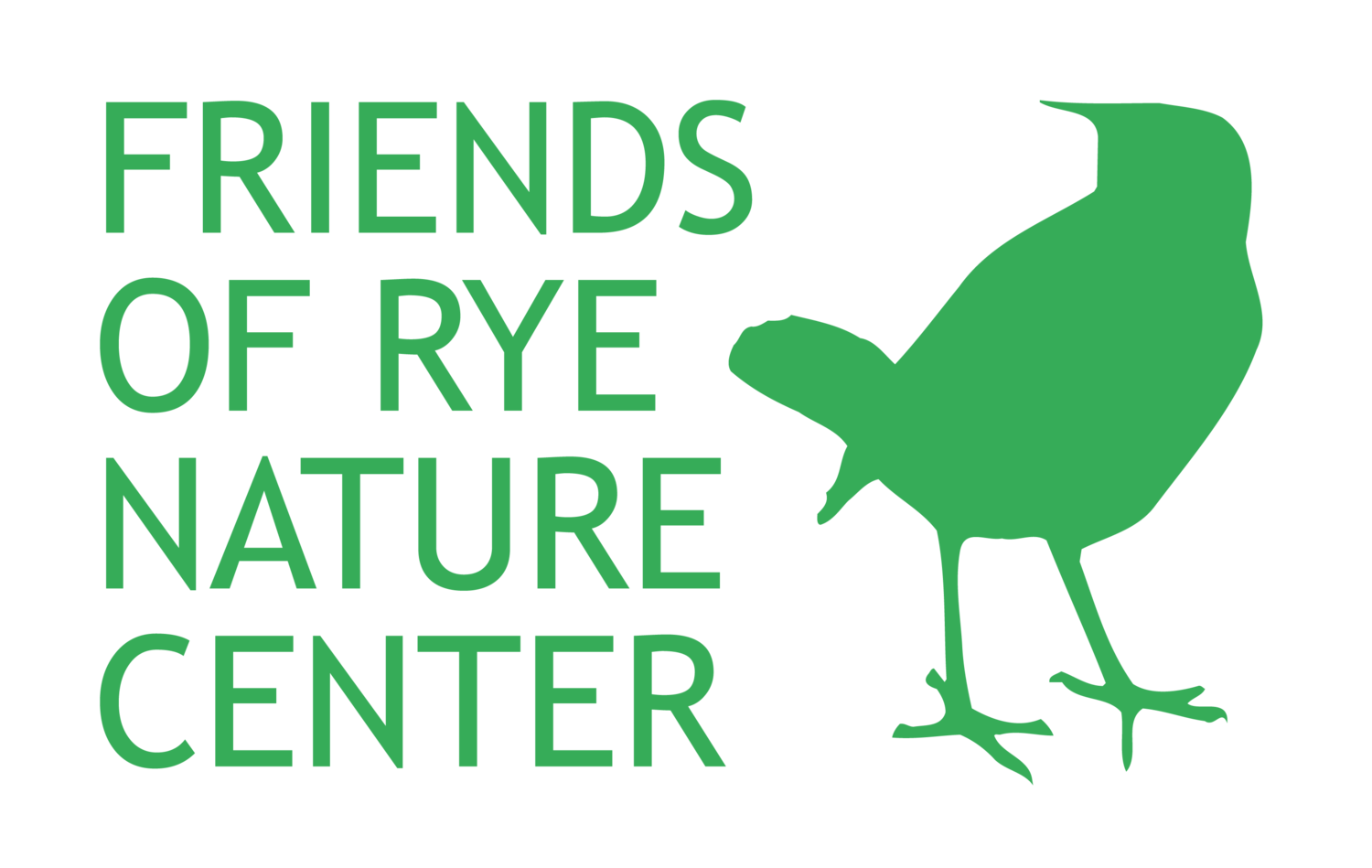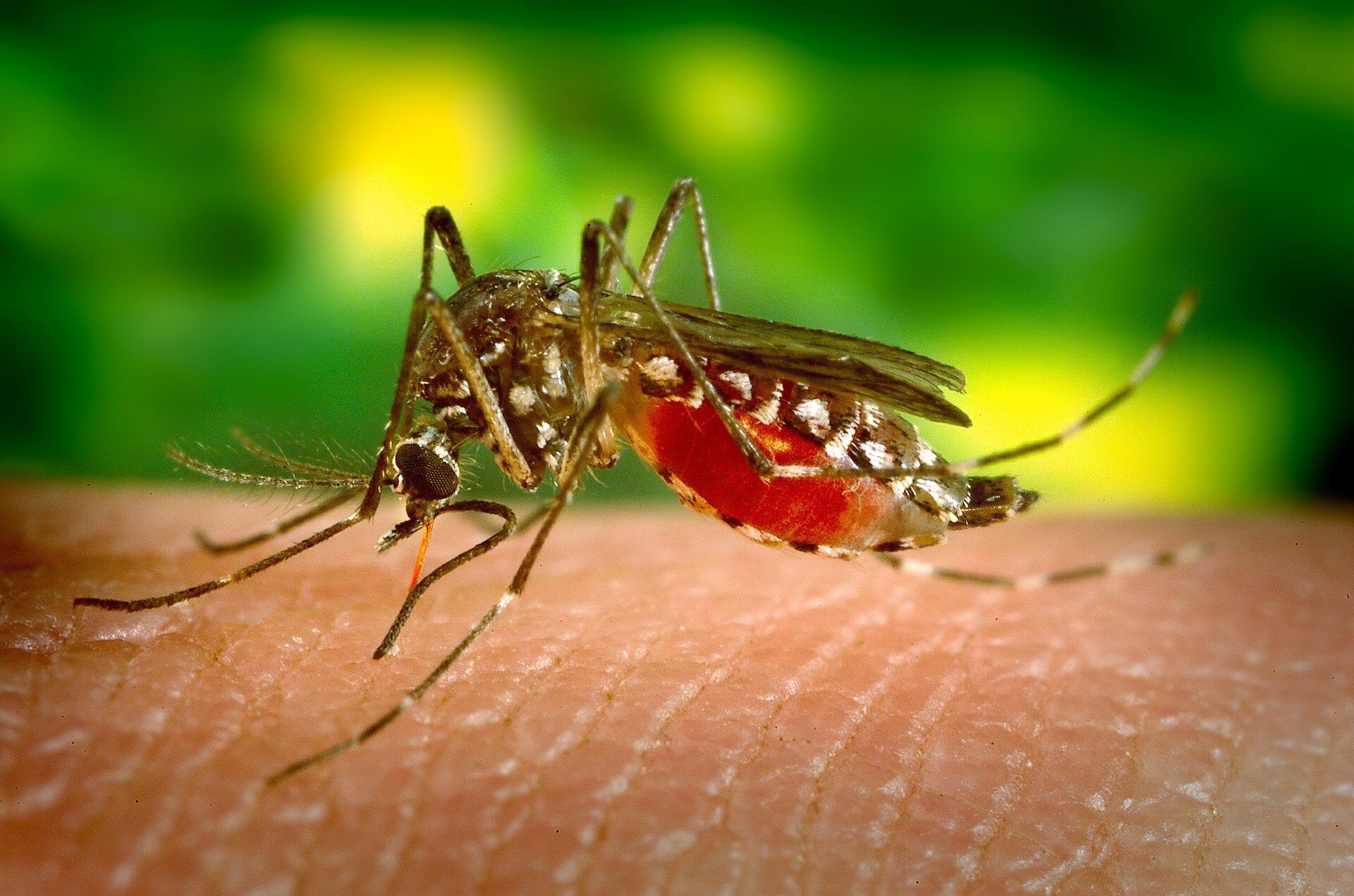— Katia Soares, Rye Country Day School student. Katia is currently, working on a project studying the correlation between rising temperatures and parasite activity in the African savanna as well as parasite activity globally.
The discussion over climate change may have recently taken a backseat in our minds. Although the impacts of climate change may seem abstract, there are consequences that we can already see. As temperatures rise, certain parasites and invasive species have begun to thrive across the globe.
Photo courtesy of flickr
Emerald Ash Borer
The Emerald Ash Borer is an invasive beetle introduced to the United States in 2002. Already, the small beetle has wiped out tens of millions of ash trees across the North American continent—a devastation that is predicted to have cost approximately $2 billion in damage. Being an introduced species, the Emerald Ash Borer is unaccustomed to cold winters and its migration north would be prevented by extreme low temperatures; however, now that the winters are on average warmer, the Emerald Ash Borer is unhindered in its spread north into Canada. With government regulations on pesticide use and the nuisance of removing this insect, infestations cannot be eradicated but only managed and ash trees across the continent are in threat of erasure.
Image by Erik Karits from Pixabay
Ticks
As many nature enthusiasts know, ticks are a common species in North America and their presence is only increasing. Ticks are small arachnids that require blood in order to complete their life cycle or reproduction. Humans are just one of the many animals that ticks will attach themselves to in order to obtain blood, and they can stay attached for any amount of time ranging from a few hours to a few days. Several different species of ticks have the potential to carry diseases; especially concentrated in the Northeast, deer ticks are potential vectors for Lyme disease. Rising temperatures are contributing to an increase of tick activity even in areas where ticks are already common. Ticks function optimally at warmer temperatures, and the rising temperatures result in a longer season in which people are exposed to ticks.
Photo courtesy of Pixabay
Mosquitoes
With 228 million cases worldwide in 2018, malaria is widely regarded as a nefarious disease in warmer climates—particularly in parts of Africa. Malaria is caused by the plasmodium parasite which is carried inside of a mosquito until coming into contact with a human. Transmission of the plasmodium parasite into a host is dependent upon the parasite’s stage of development—a premature parasite will not be passed from a mosquito to a host. Studies have proven that the plasmodium’s development is directly impacted by temperatures. At a higher temperature, the parasite develops at a significantly more rapid pace. This increases the potential for malaria to spread into cooler regions in which it was previously never found.
The Grey Wolf & Hope for the Future
A disruption in the relationship between a parasite and host impacts vital aspects of an ecosystem beyond the parasite/host relationship. Each ecosystem consists of a complex food web with every component serving a unique, critical purpose. The unnatural increase or decrease of any one population within the ecosystem poses a huge threat to biodiversity and the community as a whole.
A common example cited when discussing the impact that one animal can have on an entire ecosystem is the grey wolves at Yellowstone National Park. Around the turn of the twentieth century, ranchers settling west reported massive numbers of grey wolves; after killing all of the wolves’ native prey base, the wolves began preying on the ranchers’ livestock. By 1926, wolves were no longer reported living in Yellowstone. Because wolves were an apex predator in that ecosystem, the decimation of wolves had immediate ramifications: without a predator, the elk population skyrocketed; deciduous trees were dying off from overgrazing; the natural land eroded as plants died; coyote populations also skyrocketed without competition from wolves, leading to overhunting of the antelope.
When these biological problems became too great to ignore, the Fish and Wildlife Services began to slowly reintroduce wolves back into Yellowstone. The presence of wolves in Yellowstone had immediate, tangible results. The wolves in the park preyed on the bloated population of elk, keeping their numbers in check and leaving behind carcasses for other animals to eat. Competition decreased the number of coyotes in the park and without as much predation, rodents and birds of prey were able to thrive.
Let the grey wolves at Yellowstone National Park serve as a cautionary tale of the negative impacts that human interference can have on an ecosystem and a positive example of how we can correct our mistakes. Increased parasite activity is a massive threat to human and animal lives alike. By changing some of our daily habits to become better environmental stewards, we can prevent the progression of climate change and mitigate or even solve issues including the spread of Emerald Ash Borers, ticks, and mosquitoes.




